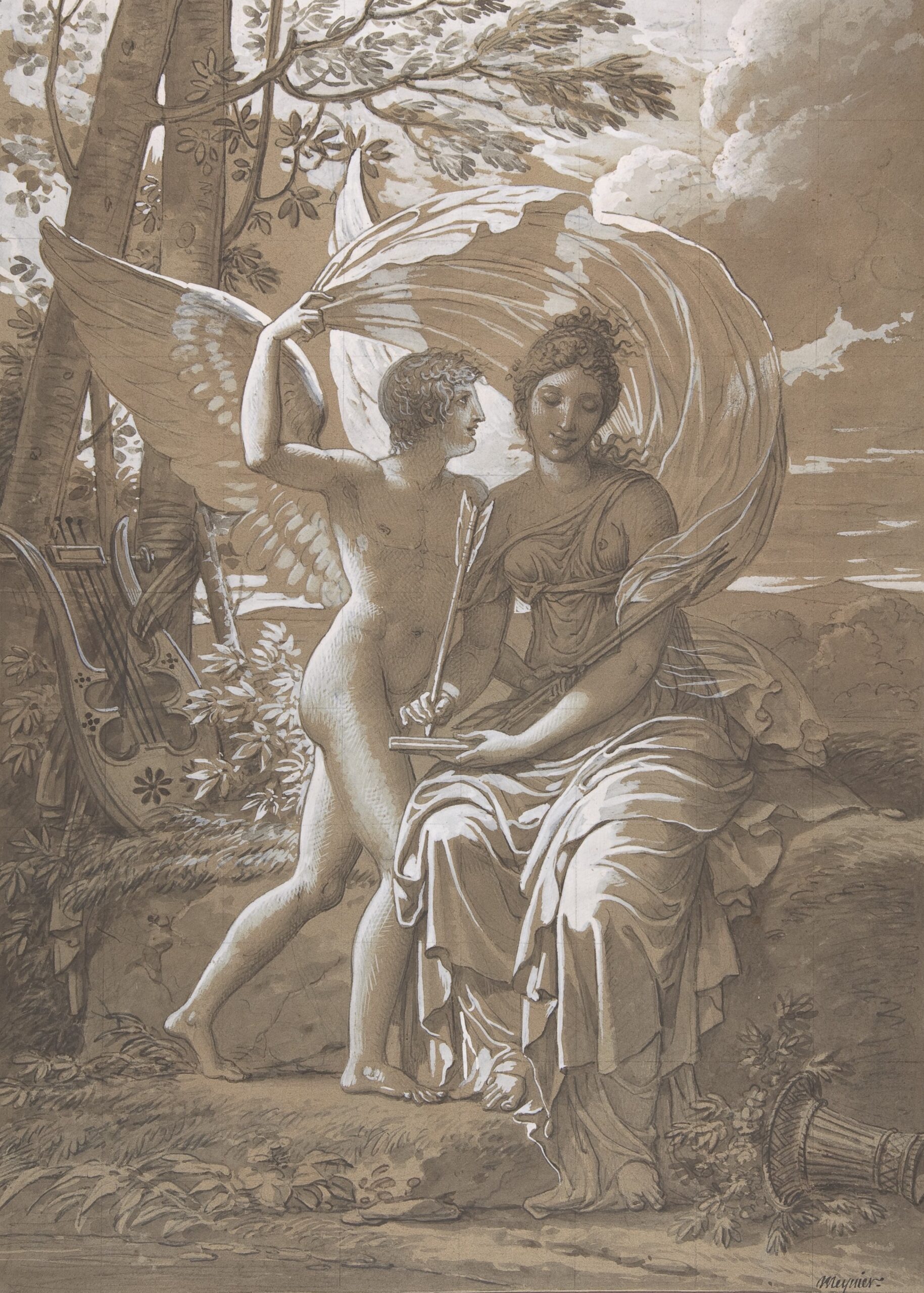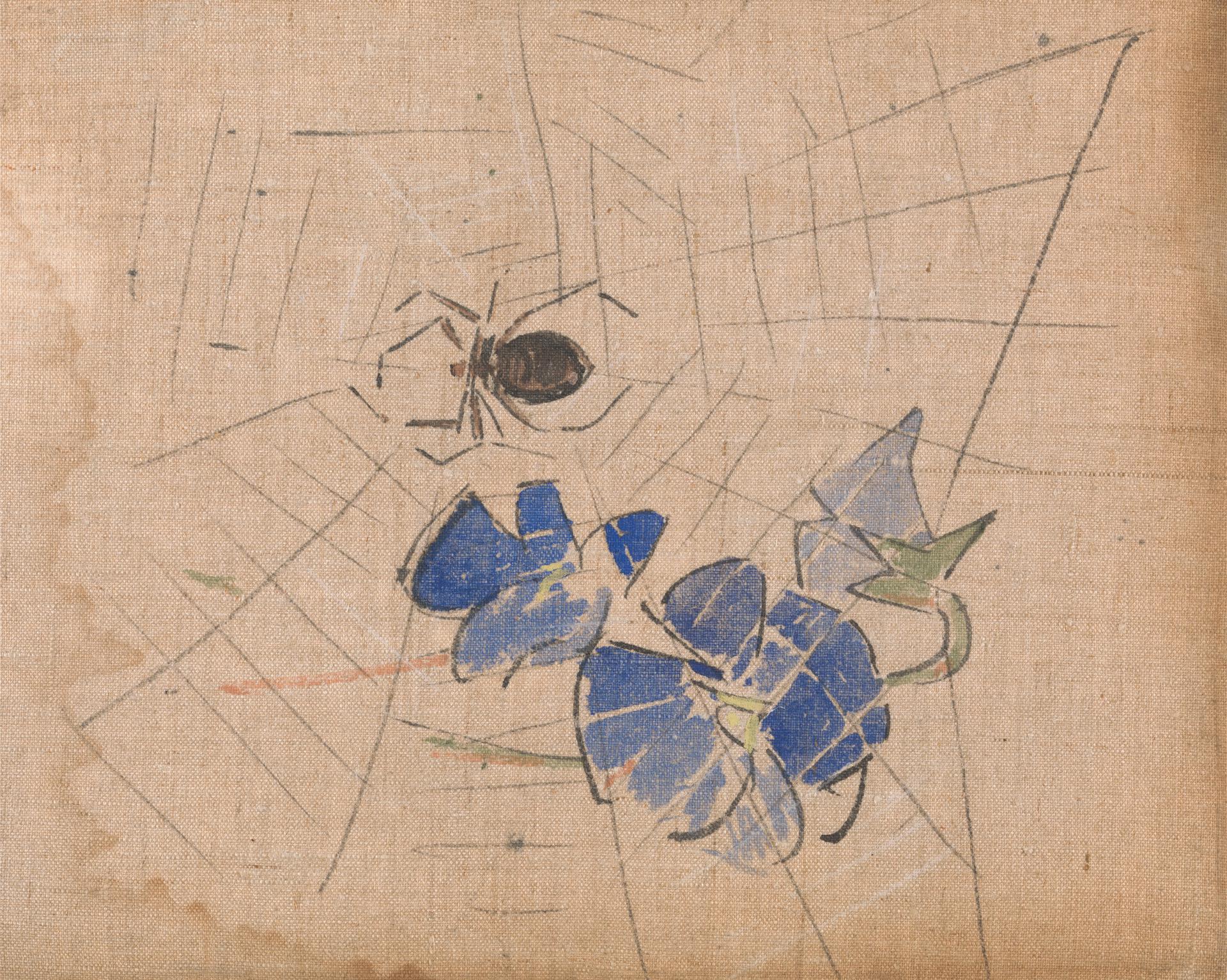In 2012 I began referring to myself, in jest, as a man of letters. (I was in graduate school studying English.) My wife was quick to tell me that if I call myself a man of letters, I should be sending letters. Oh no, I assured her, a man of letters just reads and writes; he doesn’t necessarily have to send letters. But she was insistent that a man of letters should send letters, and so I resolved to send a postcard every Friday. I called it Postcard Friday.
Worried I’d write the same thing to the same people multiple times, I picked up a Moleskine to keep a log what I said and to whom. As I look at that log now, five and a half years into Postcard Friday, it tells me I’ve sent 880 postcards. What started as one a week has grown into three, four, five. Whenever I am in a gas station, a bookstore, a museum, an airport newsstand, I buy postcards. They vary in quality—pen smears on the cheap ones—and my aesthetics have changed. I used to prefer the chintzy, tacky postcards with glitter and neon, the uglier the better. I saw them as ironic. I am now more discerning: only good cardstock, only good pictures, preferably of maps or whales or bigfoot.
Just as formal poetry shapes what the poet can say, the space on the back of the card constrains how I write. There’s room for four or five good sentences, maybe six if I write small. (One friend solved the space problem by sending me two postcards, labeled “Part 1” and “Part 2.”) Since the back of a postcard is open to all, I figure my mail carrier may read it, as could anyone along its way, and once it reaches its destination, I can only assume the intended recipient won’t be the only one to read it. Other family members might; if it’s out on the coffee table, house guests too. This creates another problem writing a postcard: how to write something personal enough so the postcard isn’t fluff but not so personal as to be embarrassing when read by prying eyes.
My postcard writing has evolved from asking a series of questions to what I now think of as the snapshot postcard—a paragraph about the local barbershop, a few sentences about tasting aquavit at a Norwegian distillery, a story about sitting on the beach over the weekend. The snapshot shares a bit of life with the “wish you were here” implied. These snapshots are, of course, a fiction. They are constructed representations of life, not unlike a Facebook status update. I think of Stanley Fish, who says that sentences “organize the world into manageable, and in some sense, artificial, units that can then be inhabited and manipulated.” These postcards do just that: they construct a world out of a few deliberate sentences, a world the writer inhabits, a world the writer manipulates. In that construction, they narrate a life.
Recipients respond a variety of ways. I’ve seen my postcards hung on the fridge or placed in a frame. My neighbor from Pittsburgh emails every time he receives a postcard. Some friends text in response. My parents will call. I find these responses fascinating because of the shift in medium: pen and paper get a response in pixels or over the phone, which then gets a response in pen and paper, and so on. On my desk, I have a shoebox of postcards received in response to the ones I’ve sent. In them, I can see the growing literacy of my cousin, who at first sent sentences transcribed by his mother. He soon was writing his sentences himself, though they’d only respond to the questions I’d asked him. Within a few years, he was proposing new topics of conversation in his responses, propelling our discussion forward himself. In the responses from my friends, my grandmother, my brothers, I read moments of great joy (“Today, Emily gave me a daughter. They are both sleeping for the moment. Her name is Lucienne”), moments of fear (“I got your news today. It makes a lot of other things seem smaller. Not unimportant, just smaller”), moments of rest (“I needed a little break from real life after the terrible election so I am taking a few days off and spending them in Cleveland”), and moments of inspiration (“I had the idea to write a children’s book called ‘Turk Moves to NYC’”). I receive envelopes stuffed with drawings from my nieces, notes written on the back of sheet music, a letter tied to a book the sender wants me to read. There’s a materiality in these responses. These objects have been put in an envelope by a set of hands, that envelope licked and carried to the mailbox and then carried across the country, thousands of miles, and set in my mailbox by another set of hands to then be opened by my hands. Even though the postcards and letters I receive and send say the same thing an email or text could, the physicality of the mail—the dirt on the postcard, the stamp from the post office, the waterlogged letter, the delay between correspondences—carries with it something that the digital simply can’t.
 Last year, one of my students wrote a paper on Oona Frawley’s novel Flight, which tells of a Zimbabwean coming to Ireland in 2004. The main character, Sandrine, writes a lot of letters. My student explains: “Sandrine uses letters to explore her own feelings on immigration and to bridge the distance between her current and former lives.” There’s a sense, here, that writing a letter is way to maintain connections, a means to not lose touch. But there’s more; my student continues: “By writing physical letters that are able to travel where she no longer can, Sandrine’s letters—whether sent or unsent—become an embodied hope of return.” The letter travels where the writer cannot, and because of this, its physicality matters. The postcard traverses a distance, however far, and by traveling that distance, it embodies a hope of return. By reaching from the present to a shared past, the postcard points to the future.
Last year, one of my students wrote a paper on Oona Frawley’s novel Flight, which tells of a Zimbabwean coming to Ireland in 2004. The main character, Sandrine, writes a lot of letters. My student explains: “Sandrine uses letters to explore her own feelings on immigration and to bridge the distance between her current and former lives.” There’s a sense, here, that writing a letter is way to maintain connections, a means to not lose touch. But there’s more; my student continues: “By writing physical letters that are able to travel where she no longer can, Sandrine’s letters—whether sent or unsent—become an embodied hope of return.” The letter travels where the writer cannot, and because of this, its physicality matters. The postcard traverses a distance, however far, and by traveling that distance, it embodies a hope of return. By reaching from the present to a shared past, the postcard points to the future.
Image Credit: Pixabay.










